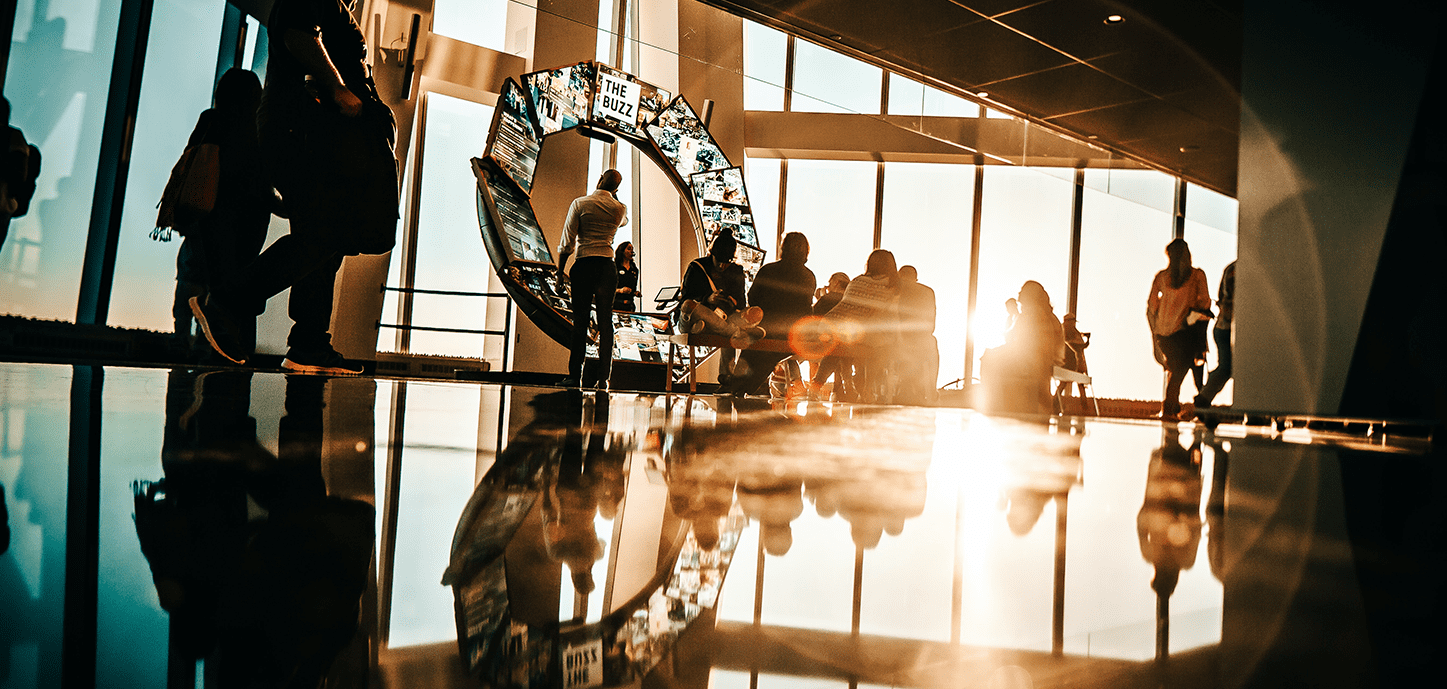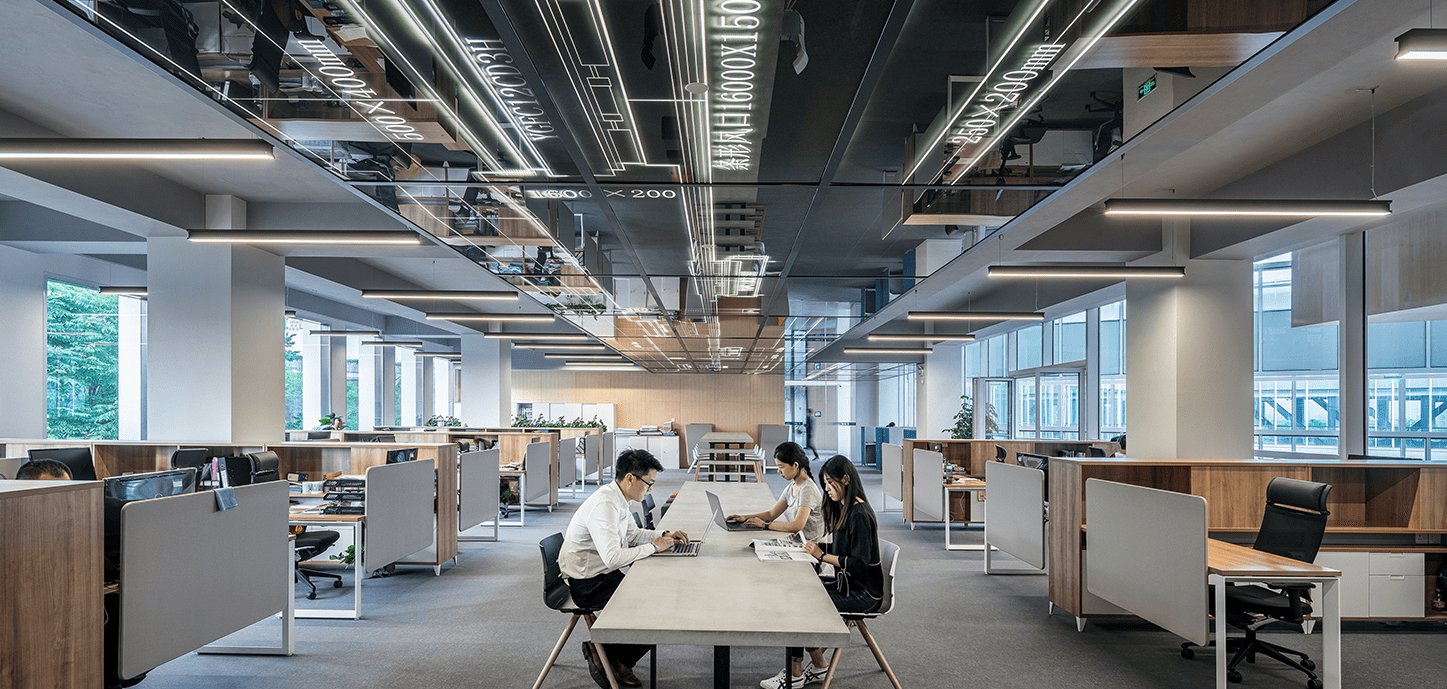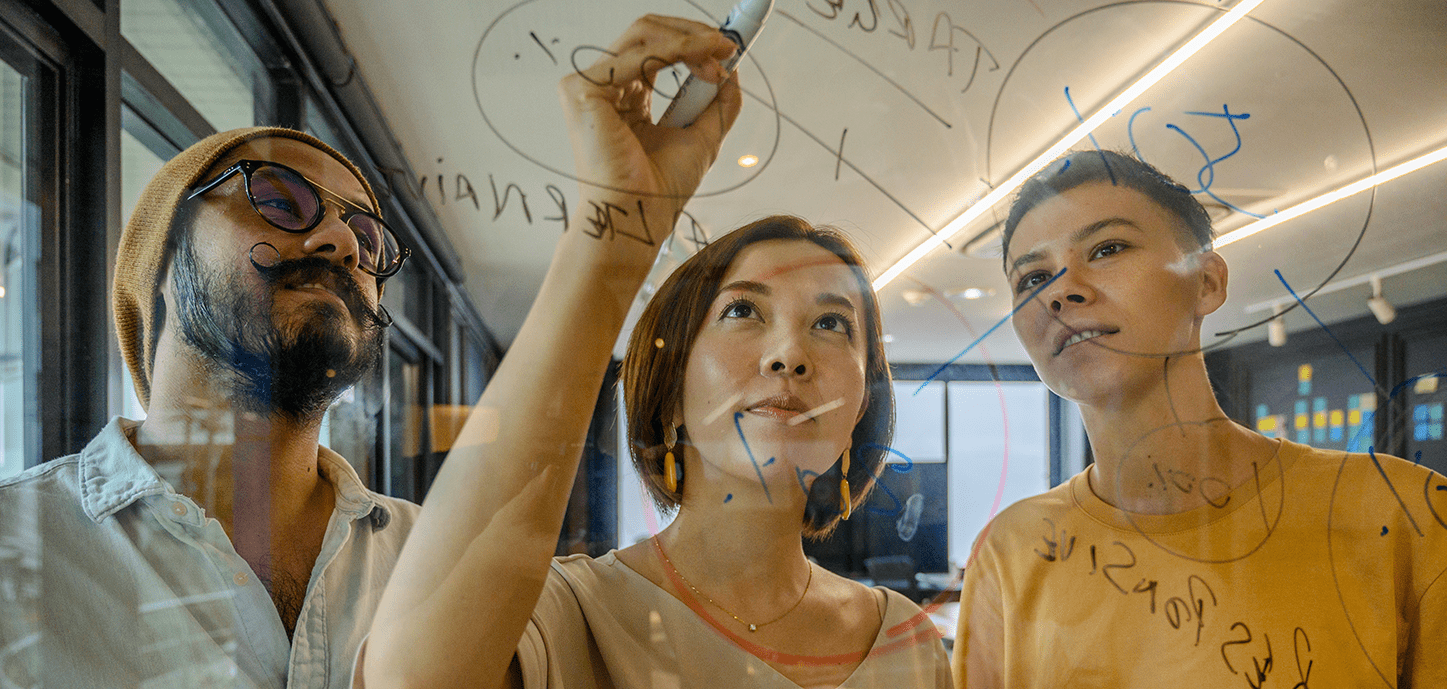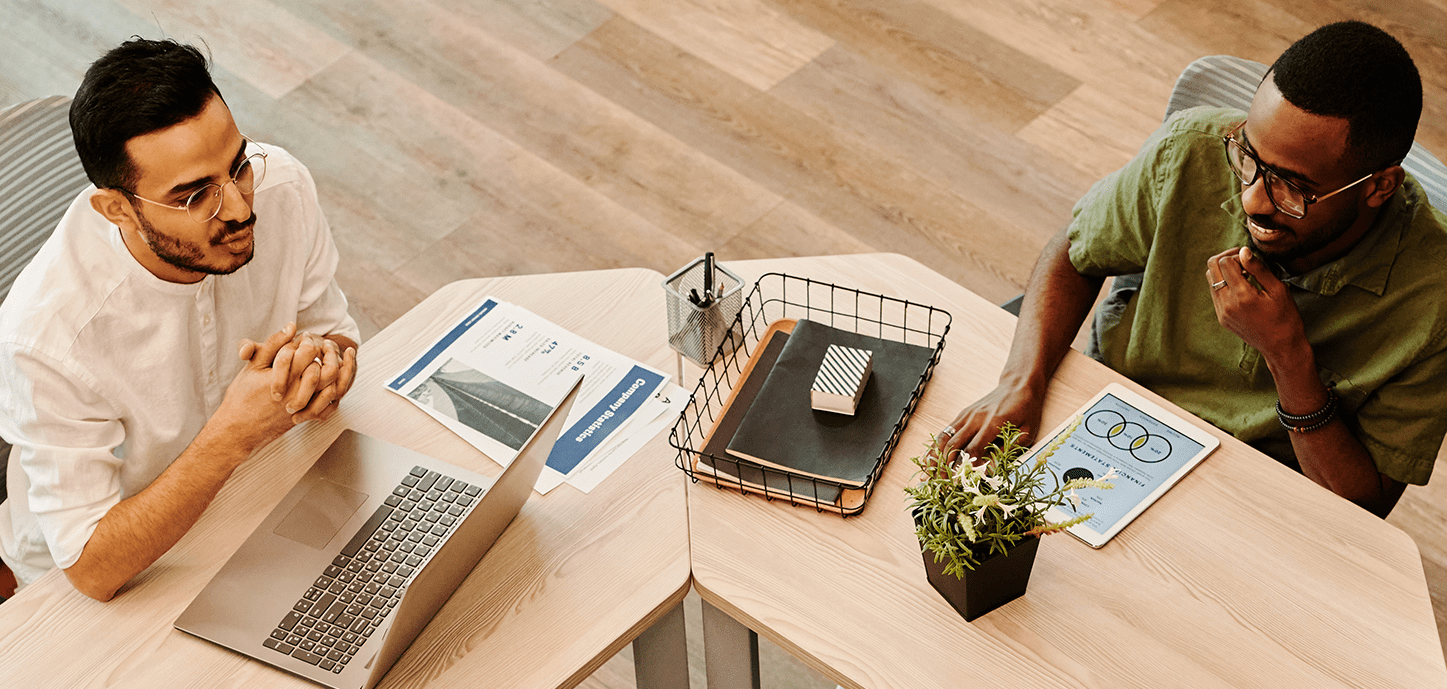The Evolution of Office Design
The concept of a typical office has changed drastically in recent years. Cramped, squeezed-together cubicles have had to give way to social-first areas to increase employee collaboration....

The office of the future focuses on people.
A collaborative, user-centric work environment helps employees realize their full potential and work together productively without any problems.
What's going on right now and where is the journey headed?
New generations, technology and a pandemic have all contributed to changing the ways people are used to working in an office. Three major developments are impacting the current office landscape in this regard.
To begin with, millennials are actively driving the changes. For them, work-life balance is more important than salary, they want flexible working hours and locations, and they want a connection between work and personal life.
Furthermore, through technology, the physical work environment can be effortlessly adapted to the needs of the individual. The office is suddenly flexible and can be adapted to the needs of its users.
Last, the "new normal" created by the pandemic requires a shift in thinking. Companies must contribute to the health and safety of their employees and be able to react quickly and flexibly even in times of crisis.
To make the most of current trends and opportunities, a rethink is needed that puts employees at the center.

How can an office be designed to be user-centric?
The smart office of the future is based on data that helps it become more flexible and optimize itself. To do this, the infrastructure must empower employees to actively shape their environment. This future-proof office contextualizes data and relates it to the space in which it is generated. This data ranges from smart sensors for lighting to noise levels, temperature, and air quality.
Smart infrastructures learn and adapt to facilitate interaction between people and spaces. In other words, the office optimizes itself. Machine learning algorithms interpret the collected data to provide actionable insights on human-centric parameters such as occupancy, interaction, noise levels and satisfaction.

How does the transition succeed?
The goal is to move from a traditional office, characterized by productivity obstacles, to a user-centric office.
The productivity levels of health & comfort, well-being & privacy, personal performance & progress, and collaboration & community are almost completely hindered in a traditional office. Factors such as lack of distance from others, poor air quality, or harsh lighting negatively impact employee productivity.
The Smart Office, on the other hand, eliminates these productivity obstacles of a typical office. It is at the center of an ecosystem, it relates the building to its surroundings, and it extends the office experience into the user's personal life.
In most cases, making the balancing act from a traditional office to a user-centric office requires a careful retrofit of the existing infrastructure. A holistic analysis of the current state of the office combined with a comprehensive strategy for change can create a viable perspective, and for now, nothing stands in the way of a company's flexibility and success on the employee side.

